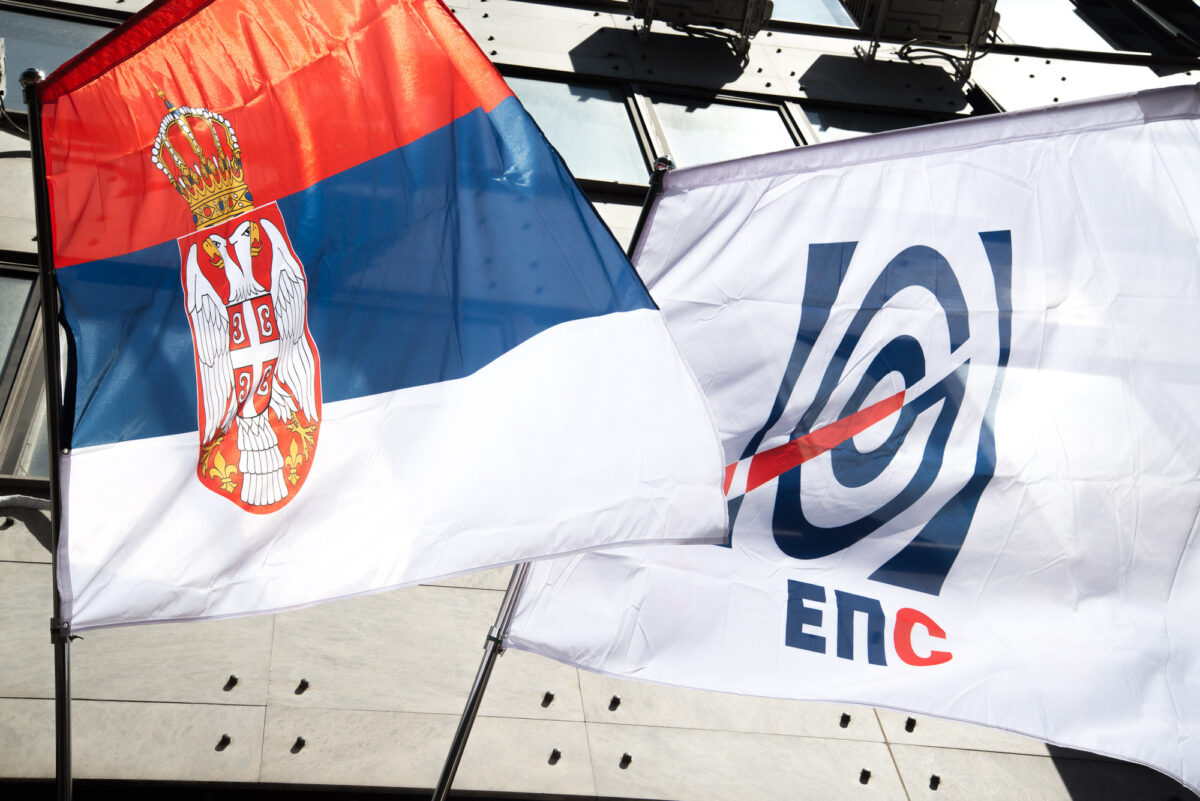PE EPS Supervisory Board on Lim-Zapadna Morava Hydro System
The very core of the project and a condition for realization would be Bistrica pumped-storage hydro power plant and its upper reservoir Klak.

PE EPS Supervisory Board has adopted initiative for reaffirming the idea for realization of Lim-Zapadna Morava hydro system and this project will be included in the Electric Power Industry of Serbia’s Strategy and Development Long-term Plan. The Supervisory Board also proposed the initiation of the project for the construction of Lim-Zapadna Morava hydro system, as a project of national importance, into the Energy Development Strategy of the Republic of Serbia until 2040, with projections until 2050.
– Construction of a multipurpose Lim-Zapadna Morava hydro system would be a solution to the growing issue of energy stability, independence and security of Serbia, along with regulating water courses, providing drinking water reserves and promoting economic development of the country – said Mr.Vladimir Šiljkut PhD, PE EPS director’s adviser for the business system.
The very core of the project and a condition for realization would be Bistrica pumped-storage hydro power plant and its upper reservoir Klak. EPS prepared a study “Bistrica PSHPP – Analyses and Investment and Technical Documents” in 2021. The study has shown feasibility and necessity of this facility for EPS. The contract for preparation of the Basic Design, Feasibility Study and planning document for Bistrica PSHPP is to be signed soon and the construction is planned to be completed by 2030. The reasoned requirements have been submitted to the Government of the Republic of Serbia for approval, for the preparation of the Special Purpose Area Spatial Plan of Bistrica PSHPP, and for declaring Bistrica PSHPP as a facility of national importance. After the design documents are prepared, EPS will decide on continuing activities related to realization of Bistrica PSHPP, depending on a potential construction financing method.
– This would be followed with the construction of Lim-Zapadna Morava system, which represents the natural continuation of Bistrica PSHPP Project. The Project would include construction of three dams and several hydro power plants with reservoirs holding reserve of as much as one terawatt-hour. This exceeds the current total capacity of EPS’ reservoirs – said Mr. Šiljkut.

The key facility in Lim-Zapadna Morava hydro system would be 200 m high Orlovača dam, with a hydro power plant, then Ljubišnica run-of-river HPP, and Roge dam and HPP, along with Djetinja run-of-river HPP, having a tunnel through which water would be discharged into the Zapadna Morava in the summer, for irrigation and water quality improvement in this catchment area. Svračkovo dam for water intake, which is under construction, is located at the end of the system, and it has the potential of a hydro power plant being constructed next to it.
Both, Lim-Zapadna Morava hydro system and Bistrica PSHPP project were conceived several decades ago. The main difference in comparison to previous considerations is the idea to consider possibilities and effects of constructing pumped-storage hydro power plants at the above mentioned locations, during further development of this hydro system project, or at least to leave a space for subsequent construction of pumping plants along with those hydro power plants. They would be constructed when the achieved level of renewable energy sources share with variable production in the production mix would require it. Thus, the greatest possible flexibility of the Serbian power system would be achieved and this would allow the maximum possible integration of RES into it. Through this Project, in the next half of the century, Serbia would ensure not only energy security and stability but also the maximum possible integration of RES.
Lim-Zapadna Morava hydro system would be a water management, water supply, irrigation and environmental project. Bistrica PSHPP would take flood spring water through its upper reservoir Klak and gravity tunnel into the Rzav catchment area and store it within three great reservoirs, with five new power plants. During the peak load periods of consumption and in the summer, dry period, in addition to generating electricity, considerable quantities of this water would be used for improving water quality, water supply and irrigation within the Djetinja, the Moravica and the Velika Morava catchment areas.
– I hope that reinitiating such, good and perspective ideas and projects, with the support from expert and general public, will contribute to the long-term development and improvement in electricity production in EPS, turning toward the green energy and overall prosperity of the country and society as a whole. It is particularly important that this was pondered by young, professional and company-loyal staff of PE EPS, initiating reaffirmation of such ideas and projects – said Mr. Vladimir Šiljkut, PhD.
Aid from EU and funds
Regarding financing possibilities, there is a suggestion that the state, through EU aid and other funds for green projects, provides funds for financing dams, access roads, hydro technical and gravity tunnels, since the aim of this is to regulate water courses and reduce risk of floods, to improve water supply and water quality, while the energy related part would be EPS’ obligation – explained Mr. Šiljkut.